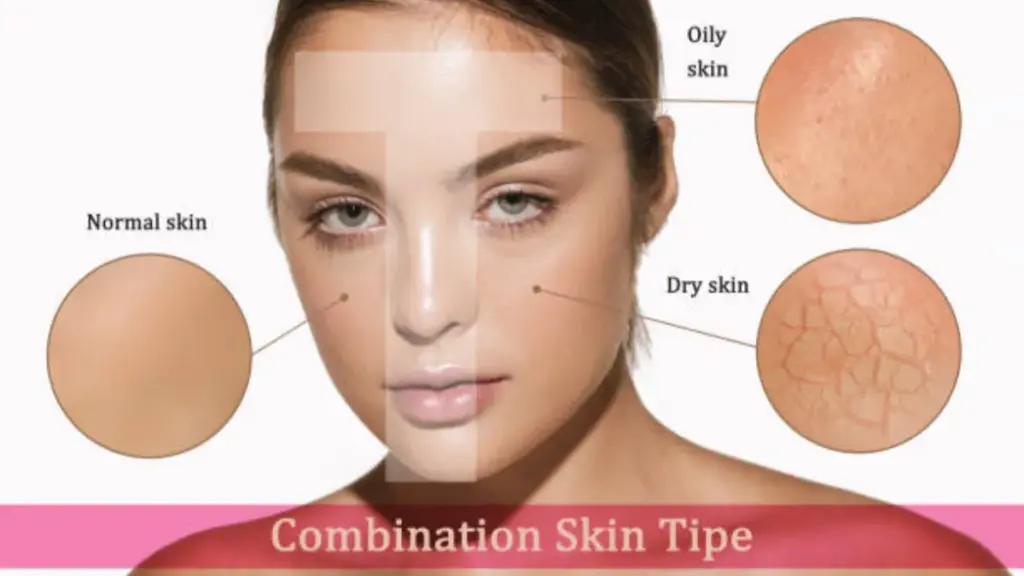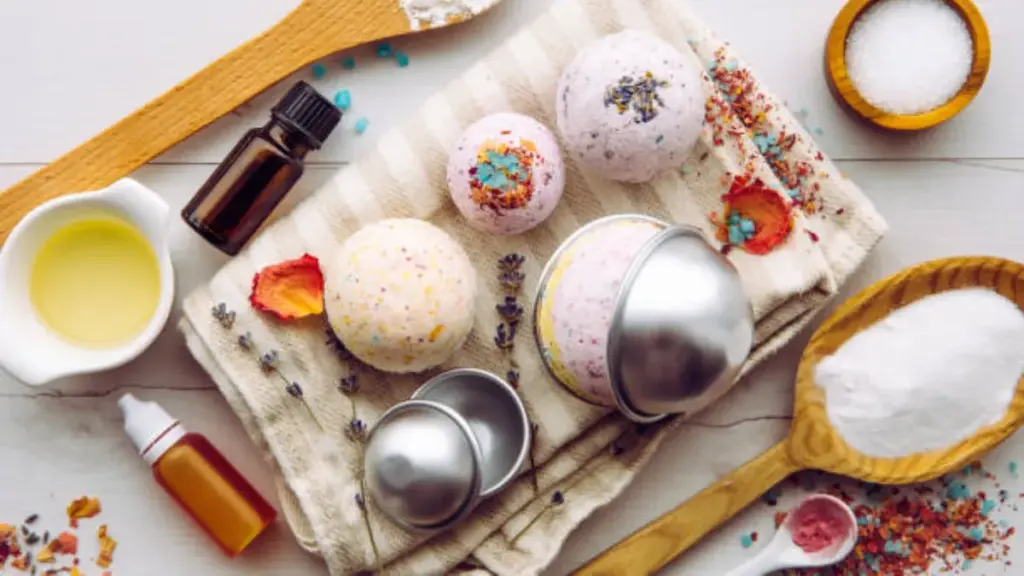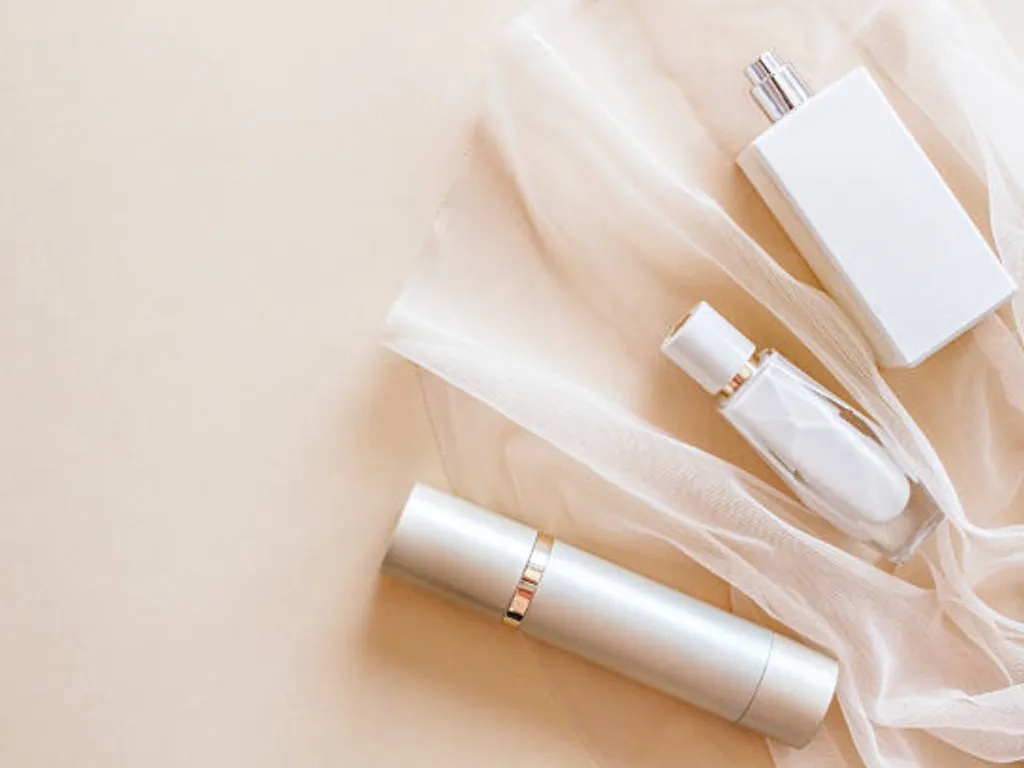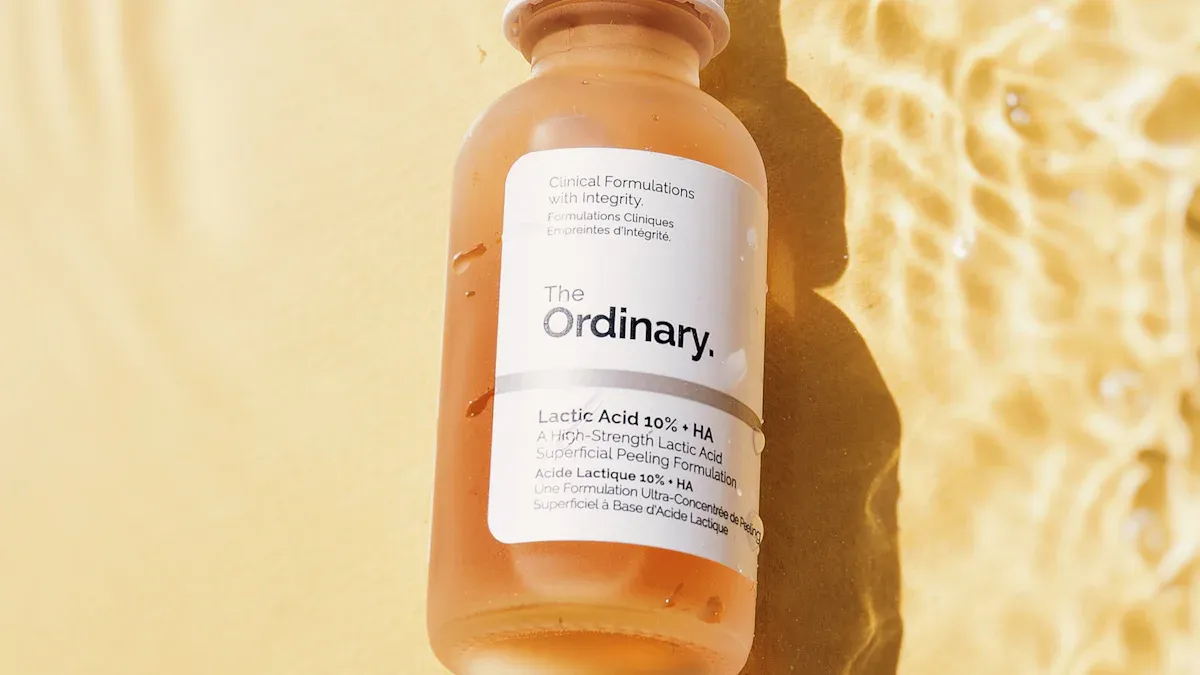
Millennials are reshaping the beauty brand landscape with their unique priorities. Para ellos, buying a product isn’t just about looking good—it’s about expressing values and identity. They want brands that care about inclusivity, sostenibilidad, and authenticity. Did you know nearly 24.4% of Millennials spent over $1,000 on beauty products online last year? That’s not surprising when you consider how much they value clean beauty options and ethical practices. Si estás construyendo una marca de belleza, understanding the beauty industry through their eyes is crucial. They aren’t just your target audience—they’re the heart of what drives change.
Multidimensional Appeal
Diverse Product Options for Every Need
Your beauty routine isn’t one-size-fits-all, and neither should the products you use. Modern beauty consumers, especially millennials, expect brands to cater to a variety of needs and occasions. Whether it’s a lightweight moisturizer for a busy day or a bold lipstick for a night out, having options matters. Successful brands like Anastasia Beverly Hills and Urban Decay have expanded their product lines to meet these versatile demands.
A study highlights that consumers view product lines with balanced options as more inclusive and moral. This perception builds trust and fosters loyalty. Por ejemplo, Sephora’s Color IQ system uses technology to match customers with the perfect foundation shade, ensuring satisfaction. By offering diverse solutions, brands can position themselves as reliable and thoughtful partners in your beauty journey.
Estrategia | Descripción |
|---|---|
Create personalized experiences | Beauty brands utilize data to offer tailored recommendations and products based on individual customer profiles, enhancing satisfaction and loyalty. Por ejemplo, Sephora’s Color IQ system matches customers with suitable foundation shades. |
Build a community | Brands engage with customers through social media and other platforms, fostering a sense of belonging. Glossier effectively uses Instagram to showcase products and interact with followers, creating a loyal fan base. |
Innovate and differentiate | By analyzing market trends and customer feedback, brands can develop unique products that meet emerging needs. L’Oreal’s Custom D.O.S.E service exemplifies this by creating personalized serums based on skin analysis. |
Inclusivity in Skin Tones and Types
La representación es importante. Millennials, who are your primary target audience, expect beauty brands to reflect the diversity of their world. De hecho, 64% of women in the U.S. believe brands should be more inclusive in their marketing. Fenty Beauty set a new standard with its 40-shade foundation range, proving that inclusivity isn’t just a trend—it’s a necessity.
As of 2021, 40% of the top 25 mainstream beauty brands offer 40 or more foundation shades. This shift shows how the industry is evolving to meet the expectations of a diverse audience. When you prioritize inclusivity, you’re not just selling products—you’re building trust and showing that everyone belongs in your brand’s story.
Customization to Celebrate Individuality
No two people are the same, so why should their beauty products be? Millennials love personalization because it makes them feel seen and valued. Data shows that 80% of customers are more likely to buy from brands that offer personalized experiences. Consumidores más jóvenes, influenced by social media, often seek products tailored to their specific skin concerns, like acne or brightening.
Brands like L’Oreal have embraced this trend with services like Custom D.O.S.E, which creates personalized serums based on skin analysis. By leveraging data, you can offer products that resonate with individual needs. Customization isn’t just a feature—it’s a way to celebrate your customers’ uniqueness and make them feel like they’re part of something special.
Change is Your Constant
Innovation in Product Development
The beauty industry thrives on innovation. You’ve probably noticed how brands constantly introduce new products to keep things fresh and exciting. This isn’t just about creating something new—it’s about solving problems and meeting your needs in smarter ways. Companies are investing heavily in research and technology to make this happen. From AI-powered personalization to sustainable ingredient trends, innovation shapes the future of beauty.
Take Cosnova, Por ejemplo. They use Horizon to test product ideas quickly. By simulating finished products through landing pages and ad campaigns, they measure consumer interest before launching. This approach streamlines decision-making and ensures products resonate with you. Glossier also stands out by transforming user-generated content into community-driven product development. These brands show how innovation isn’t just a buzzword—it’s a commitment to making your beauty routine better.
Staying Ahead of Trends
Staying ahead of trends is like having a crystal ball for the beauty world. Brands that anticipate what’s next can deliver products you didn’t even know you needed. Platforms like Trendanalytics and WGSN Beauty use AI to track emerging trends in skincare, productos cosméticos, and wellness. This helps brands identify what’s hot before it becomes mainstream.
Por ejemplo, K-beauty trends have influenced everything from sheet masks to snail mucin serums. AI and AR technologies are also transforming how you shop for beauty products, offering virtual try-ons and personalized recommendations. By embracing these tools, brands can stay ahead of the curve and keep you excited about what’s coming next.
Platform | Focus Area |
|---|---|
Trendanalytics | Tracks emerging beauty and fashion trends using AI. |
WGSN Beauty | Covers skincare, productos cosméticos, bienestar, and fragrance trends. |
Limited-Edition Launches for Excitement
Who doesn’t love the thrill of snagging a limited-edition product? These launches create a sense of urgency and exclusivity that makes you feel like part of something special. Whether it’s a seasonal palette or a collaboration with your favorite influencer, limited-edition products add excitement to your beauty routine.
Brands like Fenty Beauty and The Ordinary have mastered this strategy. Fenty’s collaborations and exclusive drops keep fans engaged, while The Ordinary’s transparency builds trust. Limited-edition launches aren’t just about selling products—they’re about creating moments that connect you to the brand.
Consejo: Keep an eye on social media for announcements about limited-edition releases. You don’t want to miss out on the next big thing!
Inclusive Exclusivity
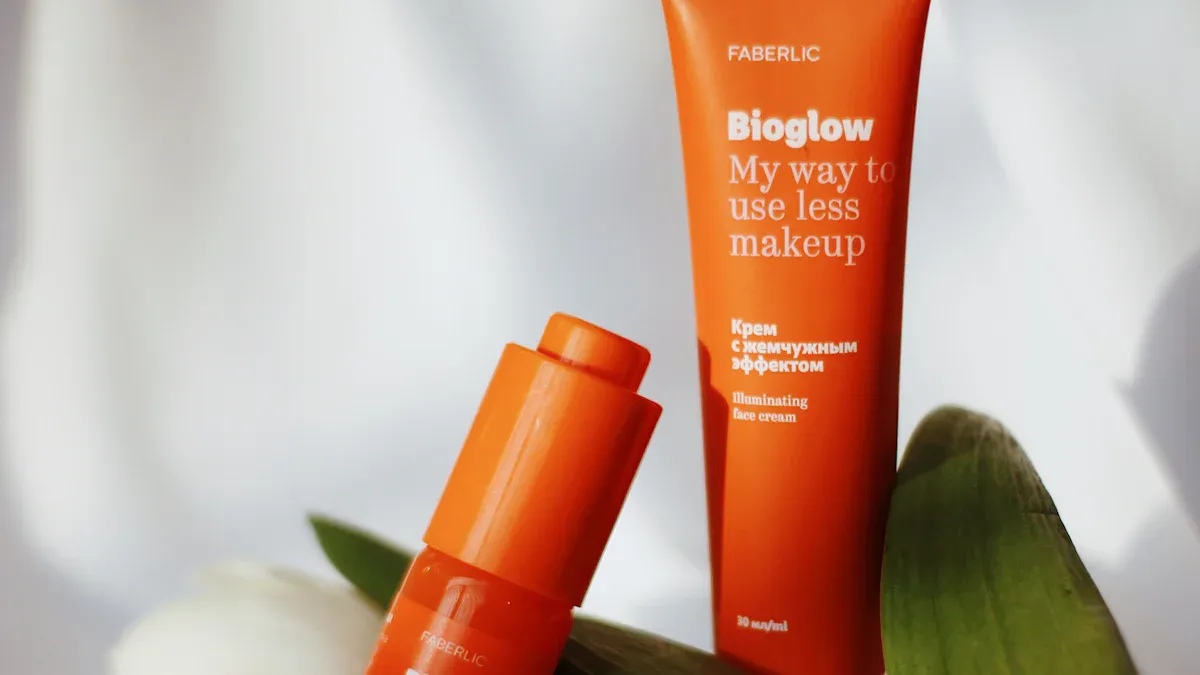
Belonging Without Compromising Uniqueness
You want to feel like you belong to a community, but you also want to stand out as your unique self. That’s the magic of inclusive exclusivity. Beauty brands that master this balance create a sense of belonging while celebrating individuality. Cerca de 25% of non-white beauty shoppers say they crave this feeling of belonging, which is almost double the percentage of white shoppers. This shows how important it is for brands to represent every skin tone, género, and identity—not as a marketing gimmick, but as a core value.
Collaborations between high-end and accessible brands, like H&M teaming up with Balmain or Versace, show how exclusivity can be made approachable. These partnerships offer limited-edition collections that feel special yet attainable. By understanding cultural values and preferences, brands can craft products that resonate deeply with their target audience.
Messaging That Resonates Personally
You’re more likely to trust a brand when its message feels personal. That’s why user-generated content (UGC) has become a game-changer in beauty marketing. When you see real people sharing their experiences with a product, it feels authentic. Campaigns like hashtag challenges encourage you to join the conversation, making you feel like part of a larger community.
Personalized email marketing also plays a big role. Imagine receiving an email with product recommendations tailored to your skin type or beauty goals. It’s no wonder 71% of consumers expect this level of personalization. By tracking what resonates with you—like click-through rates or conversion rates—brands can refine their messaging to connect with you on a deeper level.
Balancing Aspirational and Accessible Branding
Millennials, including the millennial beauty consumer, value brands that reflect their individuality without being out of reach. Por ejemplo, a young professional might choose a $100 Timex watch over a luxury Rolex because it aligns with their personal style and values. Similarmente, beauty brands like Fenty Beauty have shown how inclusivity can drive success. Their 40-shade foundation line wasn’t just about diversity—it was about making everyone feel seen. This approach earned them $72 million in media buzz within a month.
Por offering products at various price points and focusing on shared human values, brands can appeal to a wide range of consumers. This balance between aspiration and accessibility ensures that your target audience feels both inspired and included.
Interim Influencers
Micro-Influencers for Authentic Connections
When it comes to trust, smaller voices often speak louder. Micro-influencers—those with fewer than 15,000 followers—are reshaping how beauty brands connect with their target audience. Por qué? Because their content feels real. You’re more likely to trust someone who seems relatable, right? That’s why micro-influencers boast an average engagement rate of 3.86%, compared to just 1.21% for mega influencers.
These influencers excel at creating authentic connections. They share personal stories, product reviews, and beauty tips that resonate with their followers. For millennials, this authenticity is everything. By partnering with micro-influencers, brands can build trust and foster loyalty. It’s not about reaching millions; it’s about reaching the right people in a meaningful way.
Consejo: Look for influencers whose values align with your brand identity. This ensures their audience will connect with your message.
Building Community Through Social Media
Social media isn’t just a platform—it’s a playground for building communities. You’ve probably noticed how beauty brands like Glossier and Fenty Beauty use Instagram to create spaces where you feel seen and heard. They encourage you to share your beauty routines, post selfies, and join conversations. This isn’t just marketing; it’s about making you part of something bigger.
Metrics like engagement rate, follower growth, and user-generated content show how well these efforts work.
Métrico | Descripción |
|---|---|
Engagement Rate | Shows how much people interact with posts through likes, comments, and shares. |
User-Generated Content | Encourages you to share your experiences, deepening your connection to the brand. |
Sentiment Analysis | Tracks how you feel about the brand, ensuring the community stays positive and engaged. |
When brands focus on community, they create a loyal following that goes beyond products. You’re not just buying makeup—you’re joining a movement.
Collaborations That Reflect Brand Identity
Collaborations are more than just partnerships—they’re statements about who a brand is. When Urban Decay teamed up with influencers, it wasn’t just about selling products. It was about creating authentic connections that felt real to their target audience. Similarmente, Glossier’s collaborations with beauty influencers align perfectly with its brand identity. These partnerships enhance credibility and help brands reach wider audiences.
You’ve probably seen how these collaborations bring fresh energy to the beauty world. They introduce new ideas, products, and even trends. But the key is staying true to the brand’s core values. When collaborations feel genuine, they resonate with you and build trust.
Nota: The best collaborations don’t just sell products—they tell stories that connect with your values.
Novelty and Utility
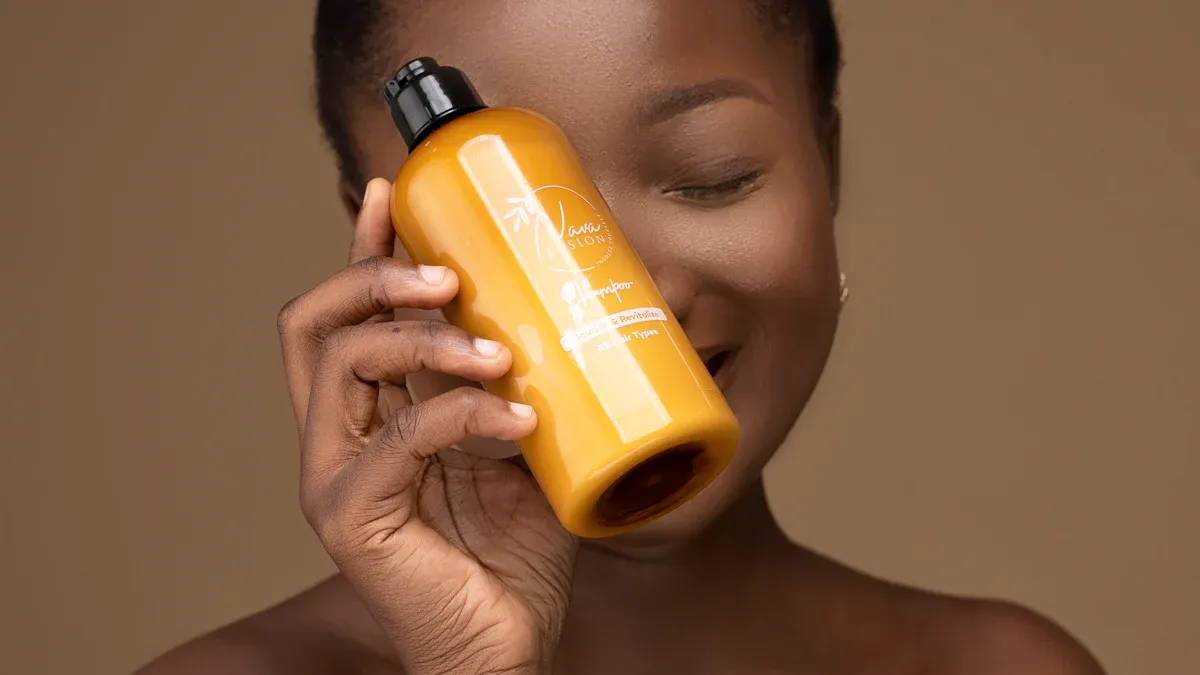
Creative Yet Practical Product Design
You’ve probably noticed that beauty products with creative designs grab your attention. But if they’re not practical, you’ll likely move on. The best designs combine novelty with functionality, making your experience both exciting and effortless.
A study on the “beauty premium” shows that aesthetically appealing designs can protect brands from failure.
Successful products merge clever novelty with genuine utility, addressing your needs while creating emotional connections.
Maintaining functional expectations alongside aesthetic appeal secures brand loyalty, even when products don’t perform perfectly.
Think about it this way: a product can look amazing, but if it doesn’t work well, it won’t stay in your routine. Brands that balance creativity with practicality win your trust and keep you coming back.
Solving Real Problems with Innovation
You want beauty products that solve real problems, right? That’s where innovation comes in. It’s not just about creating something new—it’s about making your life easier.
Llevar user testing results as an example:
A mobile app with creative animations was fun but confusing. Designers simplified the process while keeping engaging elements.
An e-learning platform used interactive quizzes but struggled with navigation. Adjustments improved usability without losing its innovative edge.
These examples show how brands can refine their ideas to meet your needs. In beauty, this might mean a serum that targets your specific skin concerns or a mascara that lasts all day without smudging. When brands innovate with you in mind, they create products that truly make a difference.
Functional and Eye-Catching Packaging
Packaging isn’t just a container—it’s the first thing you notice. It can influence your choices, build emotional connections, and even make you loyal to a brand.
Coca-Cola’s contour bottle is a great example of memorable design that enhances brand loyalty.
Sustainable packaging is now an expectation, with many consumers willing to pay more for eco-friendly options.
Studies show that packaging elements like color and texture significantly impact your decisions, especially in skincare.
Imagine picking up a product with sleek, recyclable packaging that feels good in your hands. It’s not just about looks—it’s about functionality too. Brands that combine aesthetic appeal with practicality create packaging you love and trust.
🌱 Consejo: Look for brands that use sustainable materials. They’re not just helping the planet—they’re showing they care about you and your values.
Good for Them = Good for You
Ethical and Sustainable Practices
You care about the planet, and so do millennials. Ethical and sustainable practices aren’t just nice-to-haves—they’re must-haves in the beauty industry. When brands commit to sustainability, they show they care about you and the world you live in. Certificaciones como Climate Neutral and Cradle to Cradle Certified® prove a brand’s dedication to reducing its environmental impact. ECOCERT and USDA Organic ensure products meet strict organic standards, while Fair Trade guarantees ethical sourcing and fair wages.
These certifications aren’t just labels—they’re promises. They tell you that the products you’re using align with your values. Whether it’s cruelty-free cosmetics or compostable packaging, brands that prioritize sustainability earn your trust. And when you trust a brand, you’re more likely to support it.
🌱 Consejo: Look for certifications like Vegan or NATRUE on product labels. They’re a quick way to spot brands that care about ethical practices.
Transparency in Ingredients and Sourcing
You want to know what’s in your beauty products, right? Transparency is key. Millennials expect brands to disclose ingredient sources and safety. De hecho, 81% of shoppers prioritize transparency when choosing beauty products. This demand has led to a rise in cruelty-free, plastic-free, and compostable options.
When brands share where their ingredients come from, they build trust. You feel confident knowing your moisturizer or lipstick isn’t hiding anything harmful. Transparency isn’t just about listing ingredients—it’s about telling the story behind them. Brands that embrace this approach stand out in the beauty industry and connect with you on a deeper level.
Social Responsibility as a Core Value
Social responsibility isn’t just a buzzword—it’s a game-changer. Millennials love brands that give back to society. Dove’s ‘Real Beauty’ campaign is a perfect example. By promoting positive self-image and challenging beauty standards, Dove has inspired inclusivity and expanded its audience.
When brands align with social causes, they don’t just sell products—they create movements. This approach enhances their image and drives commercial success. Studies show that effective corporate social responsibility (CSR) initiatives improve profitability and customer loyalty. You’re not just buying a product—you’re supporting a brand that shares your values.
💡 Nota: Brands that focus on ethical sustainability often lead the way in innovation, proving that doing good is good for business.
E.V.E.N. Your Content & Messaging
Engaging Storytelling Across Platforms
You love a good story, don’t you? Beauty brands that master storytelling across platforms create deeper connections with their target audience. Whether it’s a heartfelt Instagram reel or a behind-the-scenes TikTok video, these stories make you feel part of the brand’s journey.
Metrics like watch time, gustos, and shares show how well these stories resonate. Por ejemplo, personalized messaging boosts engagement by 50%, while user-generated content increases interaction by 79%. When brands feature your contributions, it feels like they’re listening to you.
Engagement Metric | Descripción |
|---|---|
Watch time, gustos, acciones, comments | Measures immediate audience response across platforms. |
Traffic sources, tasas de conversión | Analyzes how users interact with content and convert into customers. |
Audience growth, retention rates | Tracks the increase in audience size and how well they are retained over time. |
Contenido generado por el usuario | Increases engagement likelihood by 79% when audience contributions are featured. |
When storytelling feels authentic, it builds trust and loyalty. You’re not just buying a product—you’re investing in a brand that shares your values.
Consistency in Brand Identity
Consistency is the glue that holds a brand together. You notice when a brand’s tone, visuals, and messaging align perfectly across platforms. It makes you trust them more. For beauty brands, maintaining a consistent brand identity is key to standing out in a crowded market.
Metrics like repeat purchase rate and customer retention rate highlight the benefits of consistency. When you see the same values reflected in every campaign, you’re more likely to stick around. Brands that communicate their identity clearly see a 23% increase in loyalty.
Métrico | Descripción |
|---|---|
Repeat Purchase Rate | Measures the percentage of customers who make repeat purchases, indicating customer retention. |
Tasa de retención de clientes | Indicates the percentage of customers who continue to buy from the brand over time. |
Valor de por vida del cliente | Estimates total revenue generated by a customer throughout their relationship with the brand. |
Puntuación del promotor neto (NPS) | Gauges customer satisfaction and loyalty based on their likelihood to recommend the brand. |
When your favorite beauty brand stays true to its identity, it feels reliable. You know what to expect, and that consistency keeps you coming back.
Educating Millennials About Your Mission
Millennials want to know what a brand stands for. When you understand a brand’s mission, you’re more likely to support it. Purpose-driven companies see profits grow nine times faster because they connect with their audience on a deeper level.
Statistics show that 82% of consumers would pay more for a value-aligned brand, y 43% would pay twice as much for transparency. When brands communicate their values clearly, purchase intent increases by 24 points.
Estadística | Impacto |
|---|---|
Los consumidores son 4-6 times more likely to purchase from purpose-driven companies | Highlights the effectiveness of communicating brand missions in driving sales. |
82% of consumers would pay more for a value-aligned brand | Indicates a strong consumer preference for brands that align with their values. |
43% would pay twice as much for a transparent brand | Shows the importance of transparency in brand communication. |
81% of Millennials expect companies to commit to charitable causes | Reflects the growing expectation for brands to take a stand on social issues. |
When brands educate you about their mission, it’s not just marketing—it’s a conversation. You feel empowered to make choices that align with your values.
Interactive Content to Build Relationships
Interactive content makes you feel involved, not just sold to. It’s like having a conversation with your favorite beauty brand. When brands create experiences that let you engage directly, they build stronger connections. You’re not just a customer—you’re part of the story.
Take personalized quizzes, Por ejemplo. Function of Beauty uses a hair quiz to figure out your unique needs. You answer questions about your hair type, goals, y preferencias. Entonces, they create custom shampoo and conditioner combinations—encima 12 billion possibilities! This isn’t just fun; it makes you feel seen. You know the product is tailored to you, and that builds loyalty.
Virtual tools are another game-changer. L’Oréal’s ‘Signature Faces’ lets you try on makeup using augmented reality filters. You can see how a bold lipstick or shimmering eyeshadow looks on you without stepping into a store. It’s convenient, exciting, and makes shopping feel personal.
💡 Consejo: Look for brands that offer interactive tools. They’re not just selling products—they’re creating experiences you’ll remember.
Interactive content doesn’t stop there. Brands use polls, live Q&A sessions, and even gamified experiences to keep you engaged. These tools make you feel like your opinion matters. When you vote on a new product color or ask questions during a live event, you’re shaping the brand’s future.
Interactive Strategy | What It Does |
|---|---|
Personalized Quizzes | Helps you find products tailored to your needs, boosting satisfaction. |
Augmented Reality Filters | Lets you try products virtually, making shopping easier and more fun. |
Live Q&A Sessions | Builds trust by answering your questions in real time. |
When brands invest in interactive content, they’re investing in you. These experiences make you feel valued, and that’s what keeps you coming back.
Building a beauty brand that millennials trust isn’t just about selling products—it’s about creating a connection. You need to focus on authenticity, inclusión, and sustainability to resonate with your target audience. Millennials value brands that reflect their ideals and solve real problems. By staying innovative and transparent, you can build meaningful relationships that last.
If you’re ready to take your beauty brand to the next level, Oully can help. With their expertise in sustainable manufacturing and custom solutions, they make it easier for brands to bring their vision to life.
🌟 Recordar, when you align with millennial values, you’re not just building a brand—you’re creating a movement.
Preguntas frecuentes
What makes Millennials trust a beauty brand?
Millennials trust brands that align with their values. They look for authenticity, inclusión, y sostenibilidad. When you’re transparent about your practices and create products that solve real problems, you build trust.
Consejo: Share your brand’s story and mission on social media to connect with Millennials on a deeper level.
How can I make my beauty brand stand out?
Focus on innovation and personalization. Offer products that cater to unique needs and celebrate individuality. Creative packaging and interactive tools, like virtual try-ons, also grab attention.
Ejemplo: Brands like Fenty Beauty succeed by combining inclusivity with bold, innovative launches.
Why is sustainability important in the beauty industry?
Sustainability shows you care about the planet and your customers’ values. Millennials prefer brands that use eco-friendly materials, abastecimiento ético, and cruelty-free practices.
Sustainable Practices | Impacto |
|---|---|
Envases reciclables | Reduces environmental waste |
Ethical sourcing | Builds trust and loyalty |
How do I connect with Millennials on social media?
Be authentic and interactive. Share behind-the-scenes content, run polls, and encourage user-generated posts. Platforms like Instagram and TikTok are perfect for building a community.
Nota: Responding to comments and messages makes your audience feel valued and heard.
Should I work with influencers to promote my brand?
Sí! Micro-influencers are especially effective. They create authentic content that resonates with their followers. Look for influencers whose values align with your brand.
Para la punta: Partner with influencers who genuinely love your products. Their enthusiasm will feel more real to their audience.

